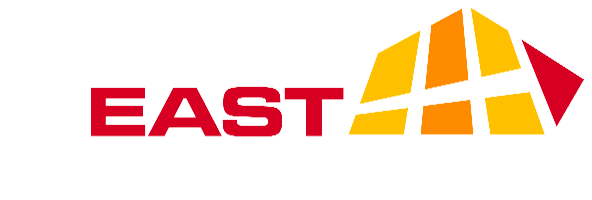In a market with uncertainty in stocks, cash and other alternatives, real estate may be the safer investment.
Interest rates have rapidly increased over the last few months and investors are carefully watching as they are a critical factor in leveraging returns. At the start of this year, rates for real estate investment were between 3.5% and 4%. As we move toward the end of the year, we are seeing rates climb over 6% and this trend is expected to continue into next year.
Borrowing Becomes More Expensive
Rising interest rates make borrowing money more expensive, therefore impacting a borrowers return on investment. Investors are forced to offset the higher cost of financing with lower purchase prices on real estate investments. As rates climb, cap rates usually follow, which puts downward pressure on pricing. Unlike treasury and interest rates, cap rates do not see daily volatility. There is usually a lag between the time it takes for the real estate market to see increased cap rates from interest rate increases alone.
The aggressive interest rate increases by the Federal Reserve are an attempt to combat accelerating inflation, the highest seen in four decades. In general, higher interest rates usually are a response to higher inflation, which could have a positive impact on real estate income growth. Even though rates are trending upwards, which impacts what investors can afford, they will focus on pushing rents to keep valuations high.
Economists predict rates will continue to rise over the next one to two years, reaching the 6% – 8% range which impacts cap rates. Luckily, with low vacancy and slowing new construction in commercial real estate, this doesn’t create the same problem seen during the Great Recession with over-supply. Investors will be more focused on increasing rents than being cap rate driven for values, which caused cap rate compression over the last few years.
Value increases over the past twelve months have forced lenders to tighten their underwriting. The loan-to-values or LTV – amount of a loan compared to appraised value – we had seen previously no longer worked. Currently we are seeing 55% – 65% LTV rather than the 65% – 75% during the last few years. Lenders are being more cautious with rising rates, cap rate compression, increased values, and the changing environment we face with headwinds in the debt markets.
Determining positive vs negative leverage
Until we move into 2023 and the impact on values is revealed, sellers can expect investors to show more caution and patience if they need to borrow for investments. It becomes more difficult to use debt if it creates negative leverage, meaning debt is at a cost that eats into cash flow, reducing the cash-on-cash return compared to an all-cash return. Typically, debt is used to maximize the return, which means investors need positive leverage. That doesn’t happen when you are buying at a 5% cap rate and borrowing at a 4.75% interest rate. To determine positive or negative leverage, you divide your annual loan payment by your loan amount to generate a loan constant. Based on the loan constant, you will know the minimum cap rate needed to generate positive leverage.
For example, if you bought a $5,000,000 property with 60% LTV, your loan would be $3,250,000. If you had a 30-year amortization with a 4% interest rate your annual debt service is $186,192 [$186,192 debt service/$3,250,000 loan amount = 5.73% loan constant]. This means you must buy a property at a higher cap rate than 5.73% to get positive leverage.
A 5.50% cap rate on $5,000,000 generates $275,000 of net income, less the $186,192 debt service, would leave you with $88,808 in cash flow. Take that $88,808 and divide it by your down payment of $1,750,000 and you have a 5.07% cash-on-cash return – which is less than the 5.50% cap rate, meaning that loan generated negative leverage.
On the other hand, a 6.00% cap rate on a $5,000,000 property would generate $300,000 of net income, less the $186,192 of debt service and you have $113,808 in cash flow. Divide that by the $1,750,000 down payment and you have a 6.50% cash-on-cash return – which is more than the 6.00% cap rate, meaning that loan generated positive leverage.
This concept is important to understand because it is what drives buyers to pay lower prices and have higher cap rates – making debt work to get positive leverage. Otherwise, bringing debt into a deal may not be advantageous to the borrower at current pricing and interest rates.
As we move forward into 2023, we may not see the movement in values right away, but sellers and buyers will soon enough find themselves at a crossroad of having to understand debt market pressure of increased interest rates and what buyers can, and will, actually pay. Sellers still find themselves in a great position to sell, as the amount of capital in the market is aggressively looking for real estate to hedge inflation. Today’s environment of changing rates and inflation causes uncertainty in stocks, cash, and other alternatives, whereas real estate could be viewed as a much safer investment.
